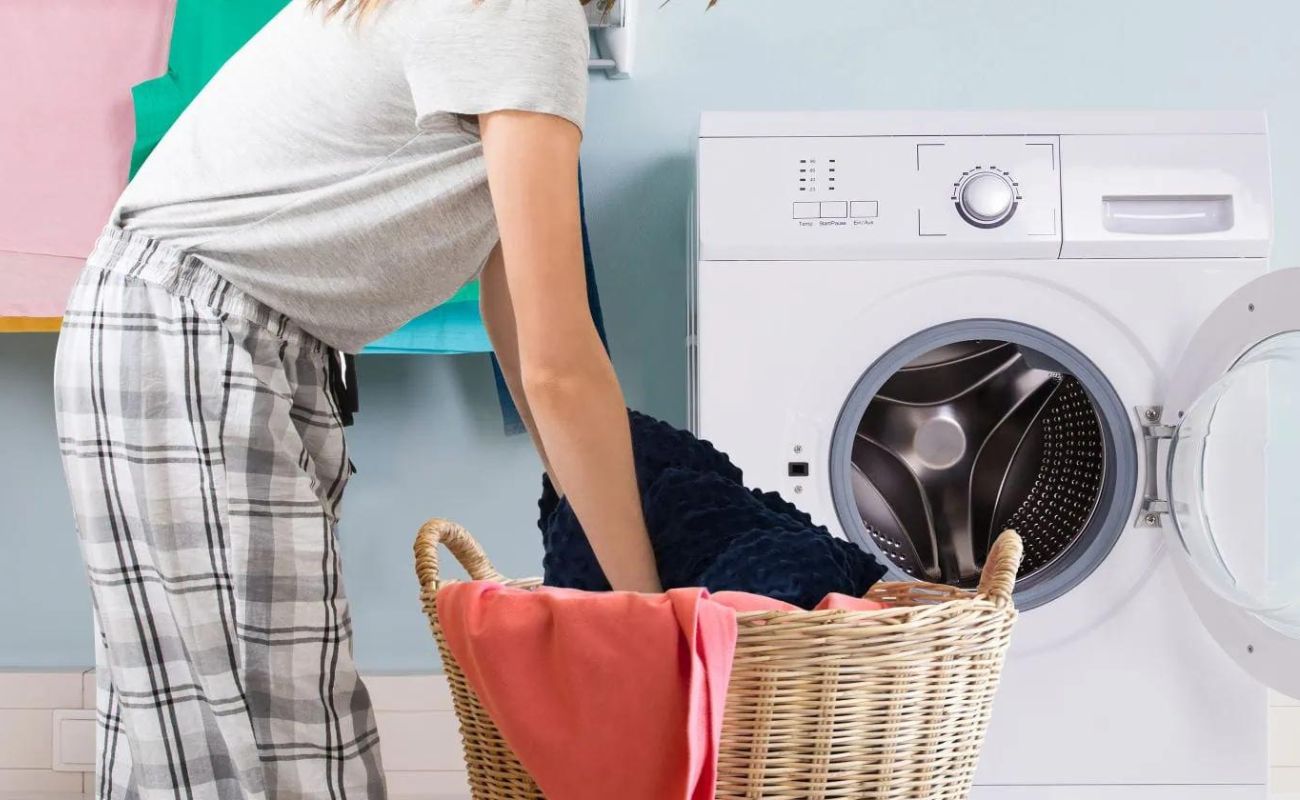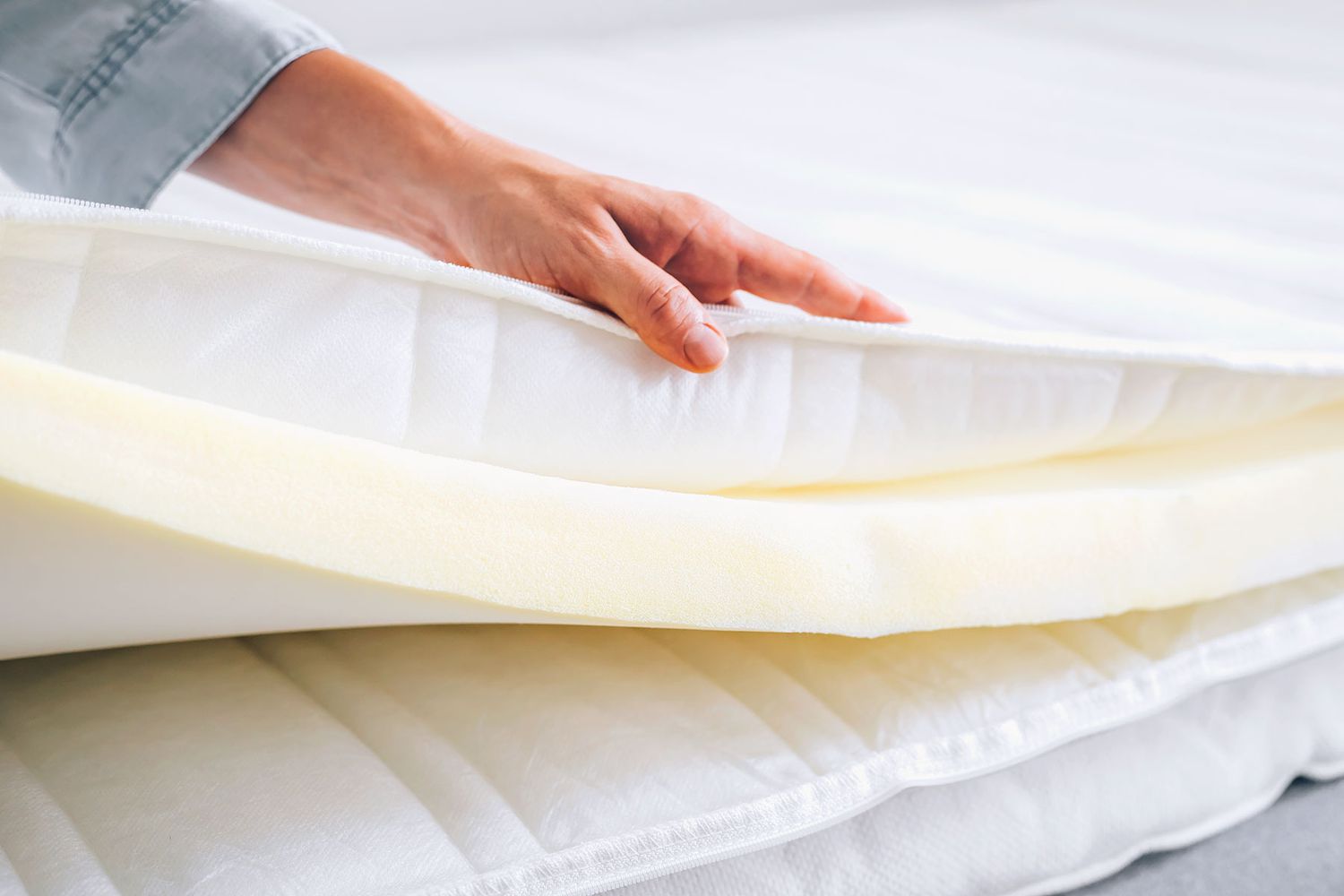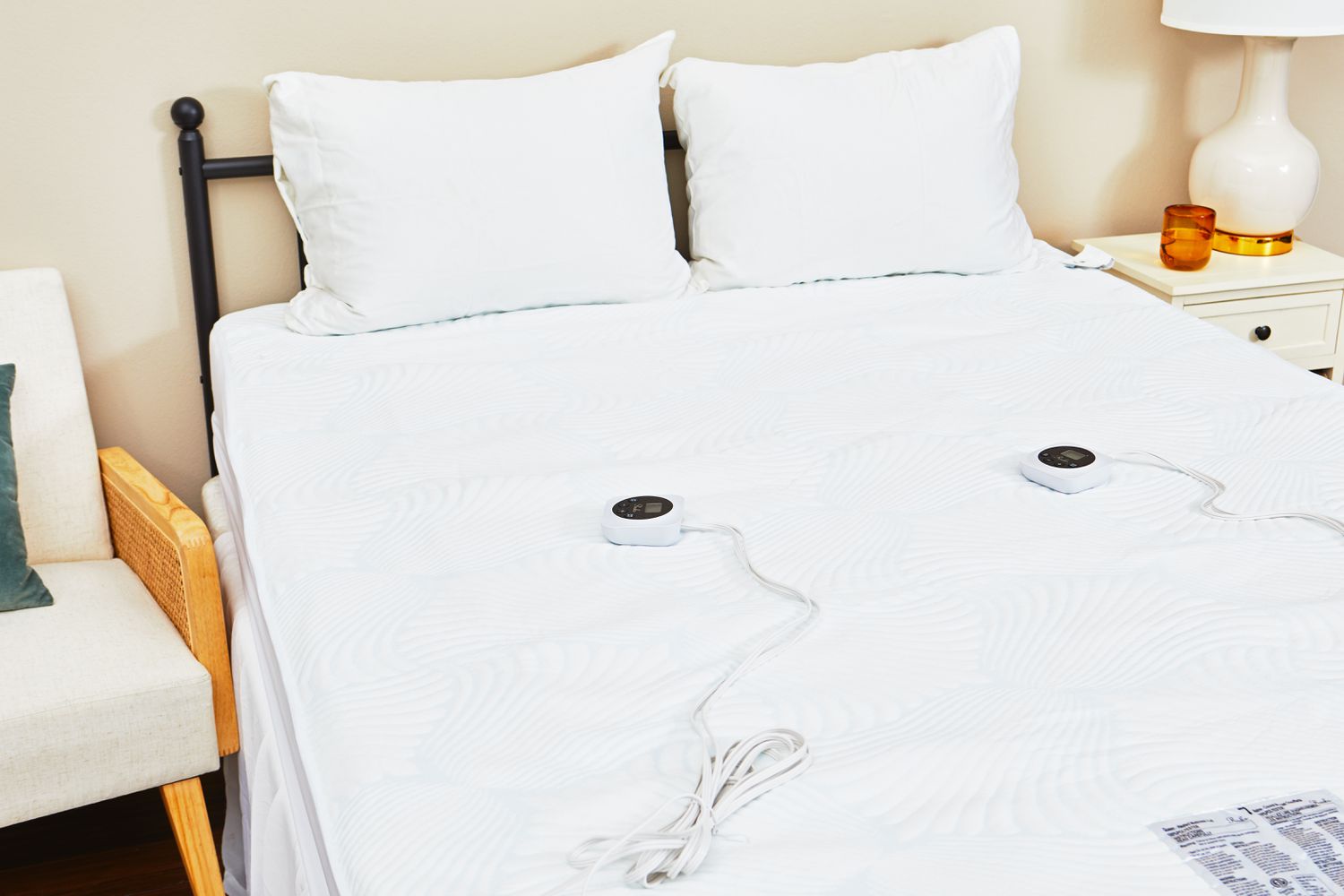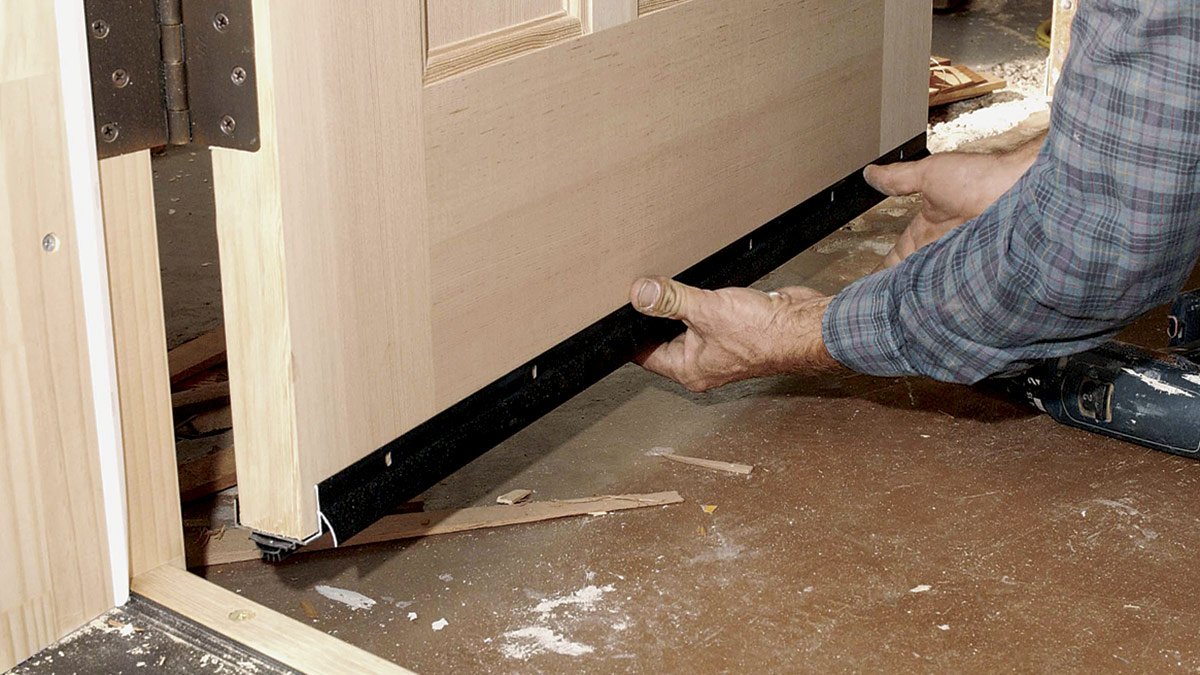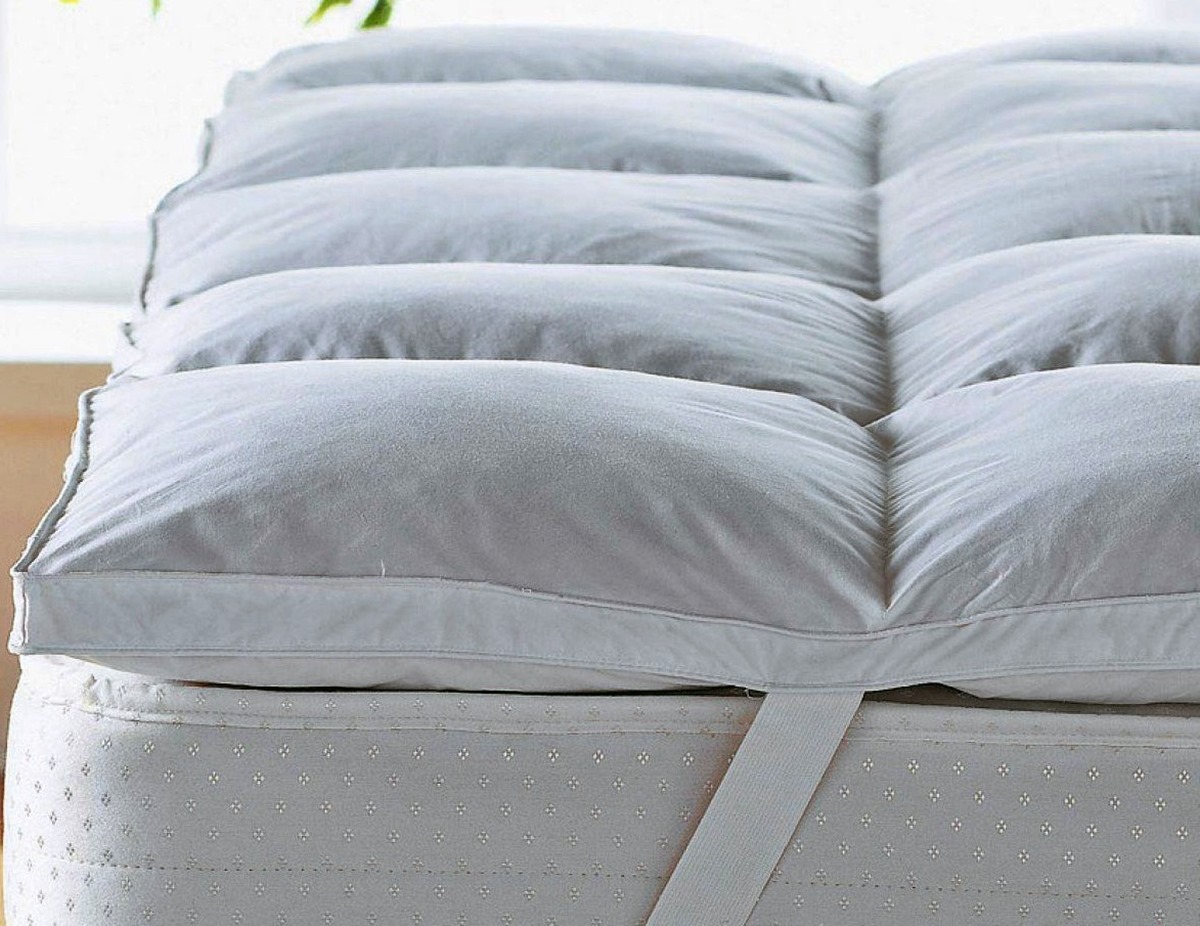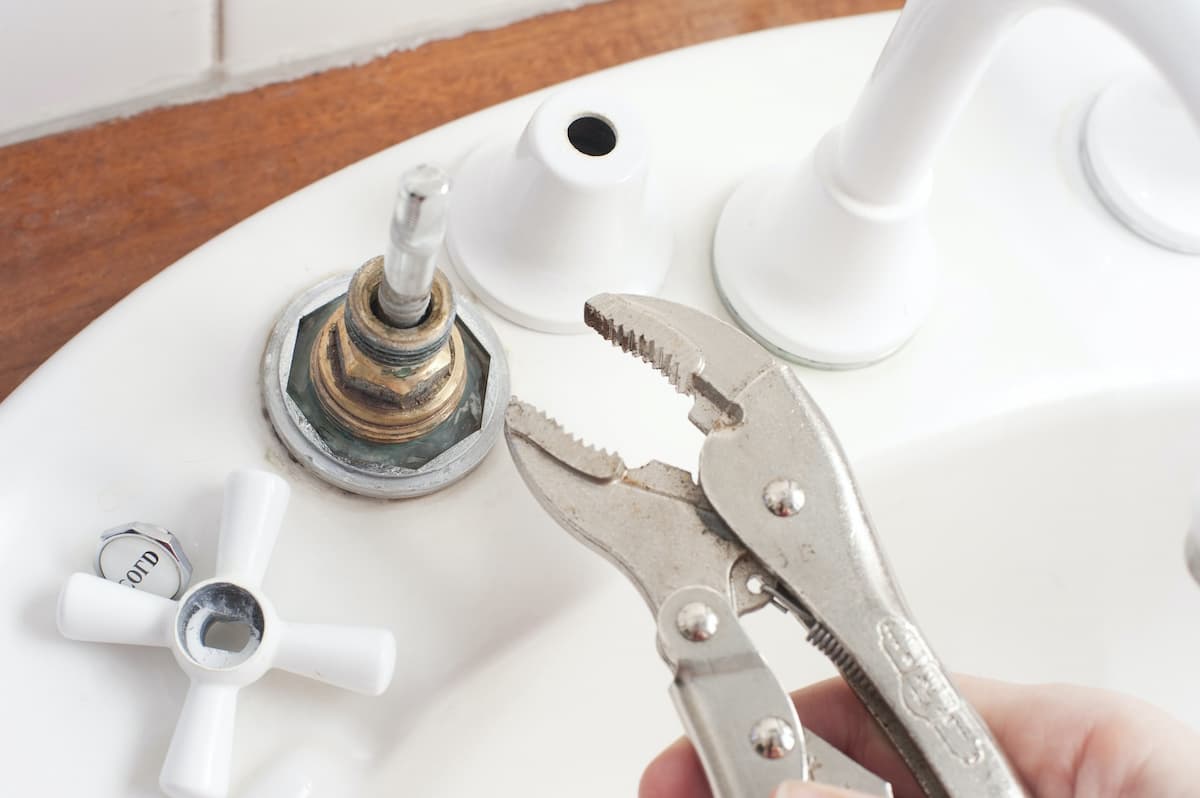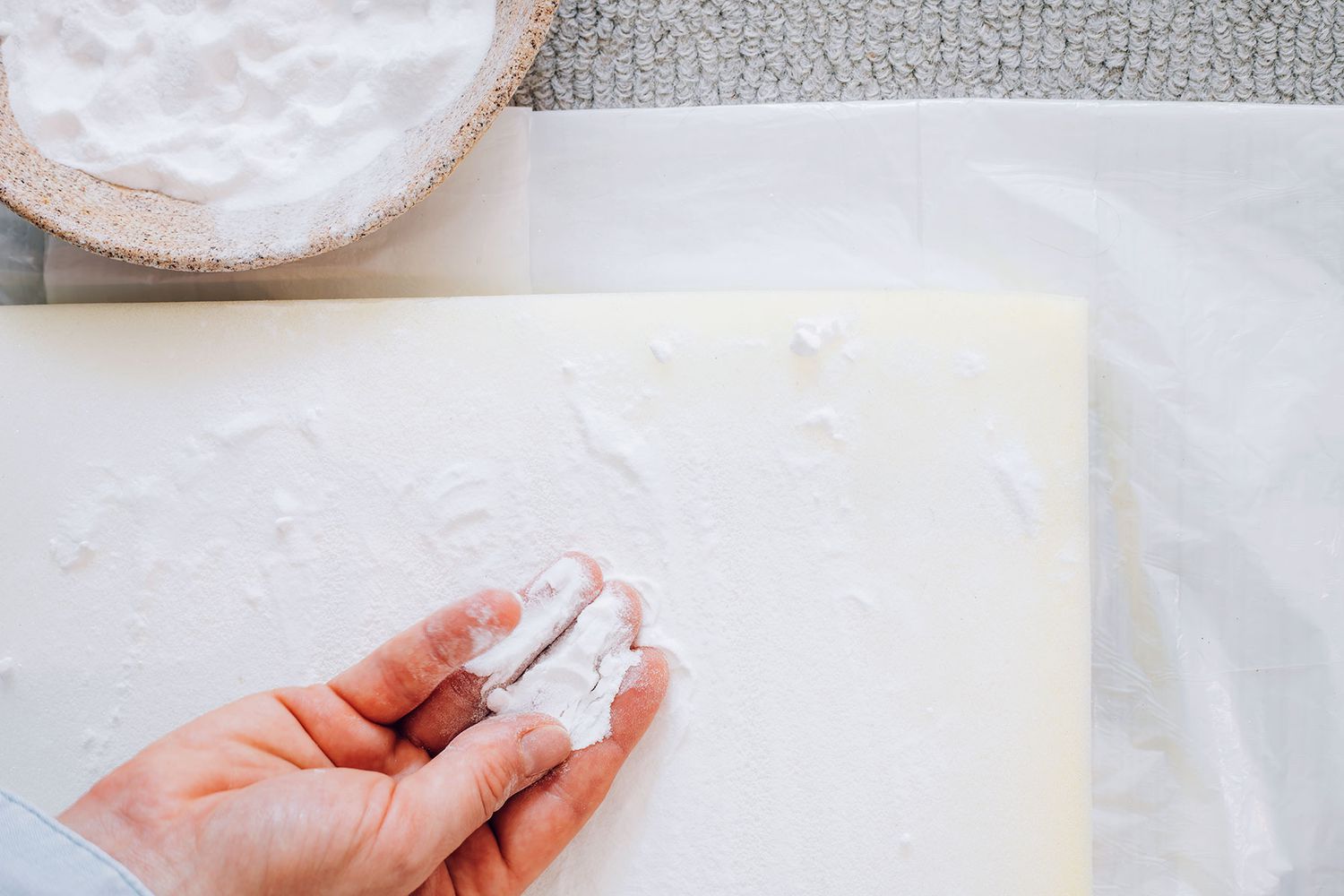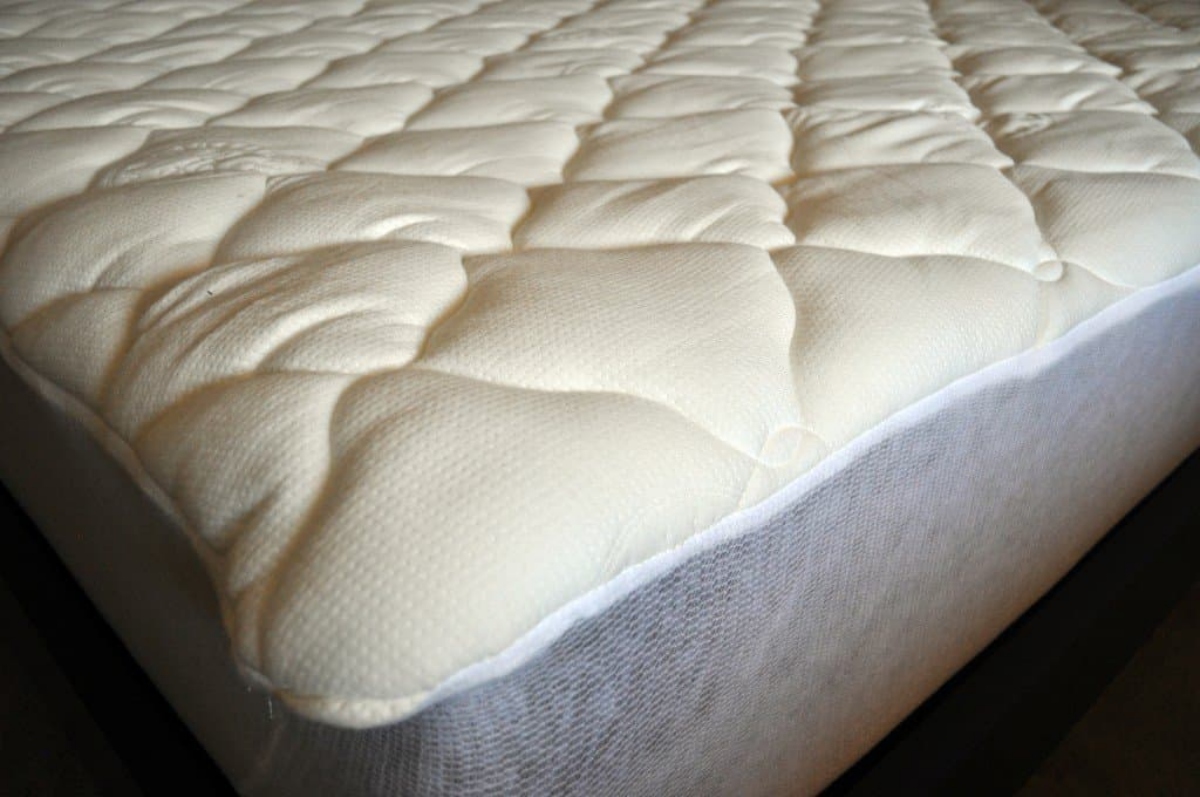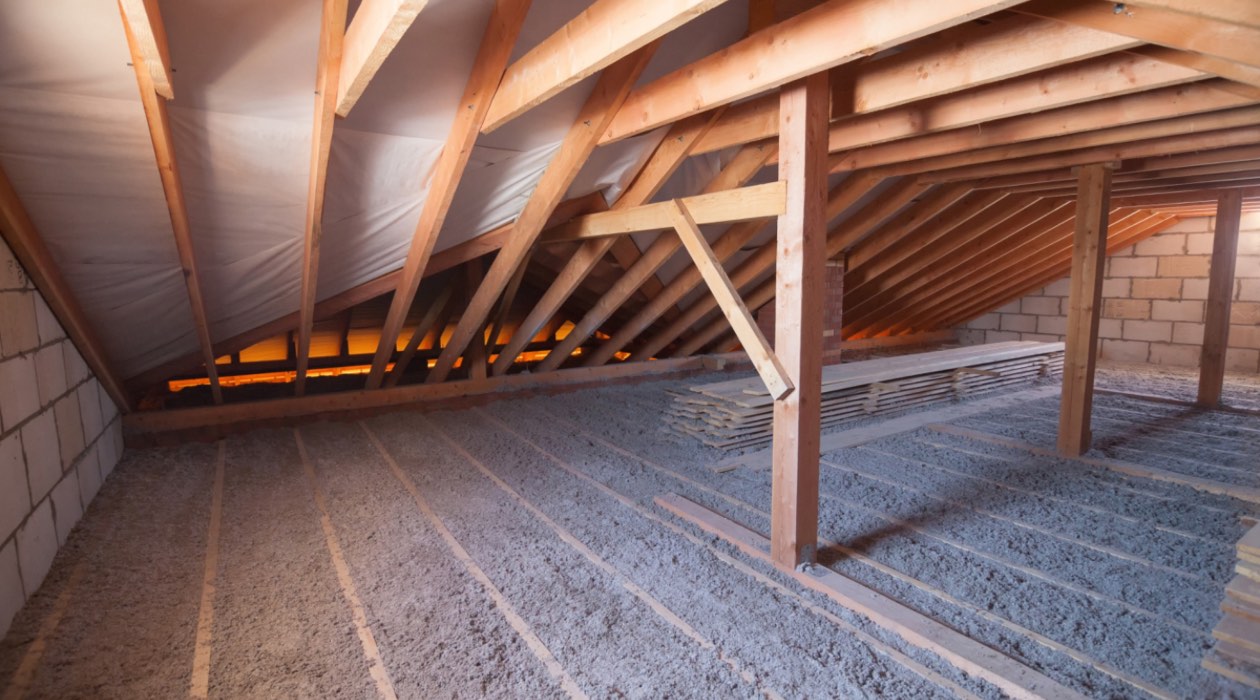Home>Furniture>Bedroom Furniture>How Often To Replace A Mattress Pad
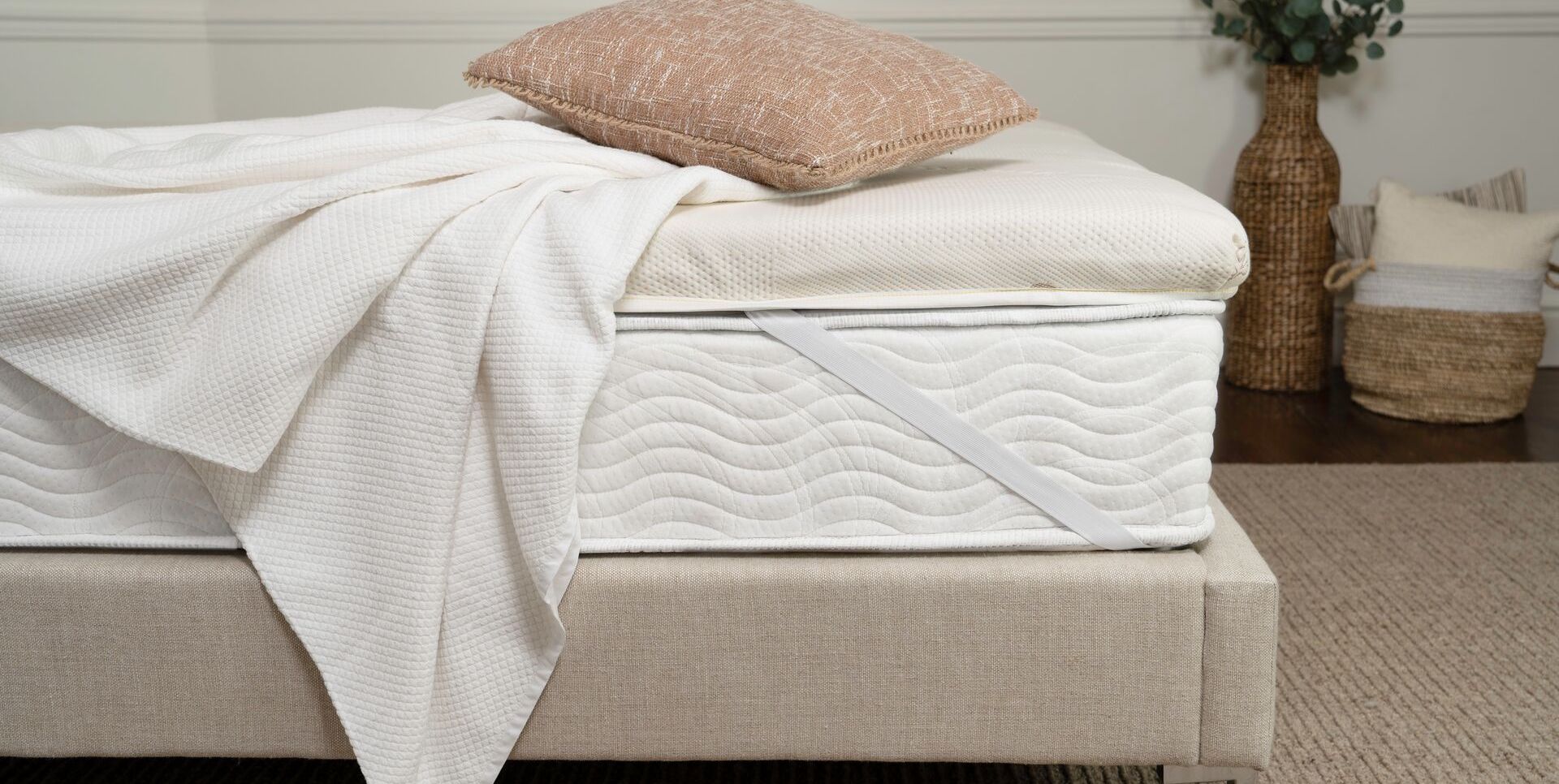

Bedroom Furniture
How Often To Replace A Mattress Pad
Modified: September 1, 2024
Discover how often you should replace your mattress pad and keep your bedroom furniture fresh and comfortable. Shop now for quality mattress pads at affordable prices.
(Many of the links in this article redirect to a specific reviewed product. Your purchase of these products through affiliate links helps to generate commission for Storables.com, at no extra cost. Learn more)
Introduction
Welcome to our comprehensive guide on how often to replace a mattress pad. A mattress pad, also known as a mattress topper, plays a crucial role in enhancing the comfort and longevity of your mattress. It provides an extra layer of cushioning, protects the mattress from stains and spills, and can even help regulate temperature for a better night’s sleep.
Like any other bedding accessory, a mattress pad has a limited lifespan and will eventually need to be replaced. But how do you know when it’s time to bid farewell to your trusted mattress pad and invest in a new one? In this article, we will explore the factors that affect the lifespan of a mattress pad, the signs that indicate a need for replacement, the frequency of replacement, and valuable care and maintenance tips to extend its longevity.
Whether you’re a sleep enthusiast, a concerned homeowner, or simply someone looking to make an informed decision about their bedding, this guide will provide you with all the information you need to ensure your mattress pad is always in top condition.
Key Takeaways:
- Replace your mattress pad every 2-5 years, considering factors like material quality, usage frequency, and body weight. Proper care and maintenance can extend its lifespan, ensuring a comfortable sleep surface.
- Look out for signs like stains, lumps, discomfort, allergies, and odors to know when to replace your mattress pad. Follow care tips to maximize its longevity and maintain a supportive sleep environment.
Read more: How Often To Replace Mattress Topper
Factors Affecting Mattress Pad Lifespan
Several factors determine how long a mattress pad will last before needing replacement. Understanding these factors can help you make an informed decision when selecting a mattress pad and manage your expectations for its longevity.
1. Quality of Materials
The quality of the materials used in the construction of the mattress pad significantly impacts its durability. Higher-quality materials, such as memory foam or latex, tend to be more resilient and long-lasting compared to lower-quality materials like fiberfill or polyester.
2. Thickness and Density
The thickness and density of the mattress pad affect its ability to withstand regular use and retain its shape over time. Thicker and denser mattress pads typically have a longer lifespan as they offer better support and are less prone to developing lumps or sagging.
3. Usage Frequency
The frequency of use plays a role in the wear and tear of a mattress pad. If the mattress pad is used every night, it will naturally experience more pressure and will require replacement sooner than a mattress pad used occasionally, such as in a guest room or for special occasions.
Read more: How Often Should I Replace Mattress
4. Body Weight and Sleeping Habits
Body weight and sleeping habits also impact the lifespan of a mattress pad. Heavier individuals exert more pressure on the pad, which can lead to faster deterioration. Similarly, individuals who frequently toss and turn during sleep may put additional strain on the mattress pad, causing it to wear out more quickly.
5. Environmental Factors
The environment in which the mattress pad is used can affect its durability. Factors like excessive moisture, humidity, or exposure to direct sunlight can weaken the materials and lead to degradation over time. It’s important to consider the specific environmental conditions of your bedroom and choose a mattress pad that can withstand them.
By taking these factors into account, you can make an informed decision about the type of mattress pad to purchase and how long you can expect it to last. However, it’s essential to note that individual experiences may vary, and proper care and maintenance can further extend the lifespan of the mattress pad.
Signs that Indicate a Need for Replacement
Over time, a mattress pad may begin to show signs of wear and tear, indicating that it’s time to replace it. It’s important to pay attention to these signs as a worn-out mattress pad could compromise your sleeping comfort and hygiene. Here are some common indications that you need to replace your mattress pad:
1. Visible Stains, Tears, or Rips
If you notice visible stains, tears, or rips on your mattress pad that are beyond repair or cleaning, it’s a clear sign that it’s time for a replacement. Stains can be unsightly and may indicate the presence of mold, mildew, or bacteria that cannot be fully eliminated.
Read more: How To Use A Mattress Pad
2. Lumps or Sagging
A mattress pad that has developed lumps or sagging areas can no longer provide the cushioning and support it once did. If you can feel uneven sections or sink into certain areas, it’s a clear indication that the mattress pad has lost its structural integrity and needs to be replaced.
3. Uncomfortable Sleeping Experience
If you find yourself waking up with discomfort, stiffness, or body aches despite a good-quality mattress, it could be due to a worn-out mattress pad. As the padding wears down over time, it may no longer provide adequate support and comfort, leading to an uncomfortable sleeping experience.
4. Allergies or Respiratory Issues
If you develop allergies or respiratory issues that worsen when you sleep, it could be a sign that your mattress pad has accumulated allergens such as dust mites, pet dander, or pollen over time. These allergens can be difficult to remove completely, indicating the need for a new mattress pad.
5. Odor or Unpleasant Smell
A persistent foul odor emanating from your mattress pad even after thorough cleaning can indicate the presence of mold, mildew, or bacteria. These odors can be difficult to eliminate completely, making it necessary to replace the mattress pad for hygiene reasons.
By being vigilant and recognizing these signs, you can ensure that you replace your mattress pad when it’s no longer providing the necessary comfort, support, and cleanliness for a good night’s sleep.
Read more: How To Store Mattress Pad
Frequency of Mattress Pad Replacement
The frequency of mattress pad replacement depends on various factors, including the quality of the pad, usage frequency, and overall care and maintenance. While there is no set timeline for replacement, a general guideline is to consider replacing your mattress pad every 2-5 years. However, individual experiences may vary.
If you have a high-quality mattress pad made from durable materials like memory foam or latex, it may last closer to the 5-year mark or even longer with proper care. On the other hand, lower-quality mattress pads made from fiberfill or polyester may need replacement sooner, possibly within the 2-3 year range. It’s important to remember that these are just estimates, and it’s essential to evaluate the condition of your mattress pad regularly.
The frequency of use also affects the lifespan of the mattress pad. If the pad is used every night, it’s under constant pressure and will naturally wear out faster. If the mattress pad is used less frequently, such as in a guest room or for occasional use, it may last longer before needing to be replaced.
Additionally, factors like body weight and sleeping habits play a role in the lifespan of the mattress pad. Individuals who are heavier or have restless sleeping patterns may experience faster wear and tear. It’s important to assess the condition of the mattress pad regularly and determine if it’s still providing the necessary comfort and support.
Proper care and maintenance can significantly extend the lifespan of your mattress pad. Regularly cleaning the pad according to the manufacturer’s instructions, using a mattress protector or cover, and rotating the pad occasionally can help reduce the buildup of allergens, stains, and wear. By taking these precautions, you can maximize the lifespan of your mattress pad and potentially delay the need for replacement.
Ultimately, it’s important to trust your instincts and pay attention to any signs of deterioration, discomfort, or hygiene issues in your mattress pad. If you notice any of these signs, it’s best to consider replacing the pad to ensure a comfortable and healthy sleep environment.
Care and Maintenance Tips
Proper care and maintenance of your mattress pad can significantly extend its lifespan and ensure optimal performance. Here are some essential tips to help you keep your mattress pad in excellent condition:
1. Follow Manufacturer’s Instructions
Always refer to the manufacturer’s instructions for specific care and maintenance guidelines for your mattress pad. Different materials may have different cleaning requirements, so it’s crucial to follow these instructions to avoid damaging the pad.
2. Regularly Wash and Clean
Most mattress pads are machine-washable, but it’s important to check the care instructions first. Remove the pad from your bed and wash it according to the recommended temperature and settings. Use a mild detergent and avoid using bleach or harsh chemicals that can damage the pad.
Read more: How Often To Replace Toaster
3. Use a Mattress Protector
To protect your mattress pad from stains, spills, and allergens, consider investing in a mattress protector. A mattress protector acts as an additional layer of defense and can be easily removed and washed as needed. This helps to prolong the lifespan of your mattress pad by reducing the need for frequent cleaning.
4. Rotate and Flip the Pad
Regularly rotate and flip your mattress pad to ensure even wear and tear. This will prevent certain areas from becoming compressed or worn out faster than others. Consult the manufacturer’s instructions to determine the appropriate frequency for rotating and flipping.
5. Vacuum and Spot Clean
In between washes, vacuum your mattress pad regularly to remove any dust, dirt, or allergens. If there are any spills or stains, address them promptly by spot cleaning with a mild detergent and a clean cloth. Avoid saturating the pad, as excessive moisture can lead to mold or mildew growth.
6. Air Dry Thoroughly
After washing or spot cleaning, make sure to air dry your mattress pad completely before putting it back on your bed. This will help prevent the growth of mold or mildew and ensure that the pad retains its shape and comfort.
Read more: How Often To Replace Duvet
7. Avoid Excessive Force or Pressure
Avoid jumping or putting excessive force or pressure on your mattress pad, as this can cause damage and decrease its lifespan. Treat the pad gently and with care to ensure it maintains its shape and integrity.
By following these care and maintenance tips, you can help prolong the lifespan of your mattress pad and ensure that it continues to provide the comfort and support you desire. Remember, a well-maintained mattress pad not only enhances your sleep experience but also protects your mattress investment for years to come.
Conclusion
Choosing the right mattress pad and knowing when to replace it are essential factors in maintaining a comfortable and supportive sleep environment. By understanding the factors that affect the longevity of a mattress pad, recognizing the signs that indicate a need for replacement, and implementing proper care and maintenance, you can get the most out of your bedding investment.
Factors such as the quality of materials, thickness and density, usage frequency, body weight and sleeping habits, and environmental conditions all play a role in how long a mattress pad will last. Paying attention to visible stains, tears, or lumps, experiencing discomfort during sleep, developing allergies or respiratory issues, and detecting persistent odors are clear signs that a replacement is needed.
While the general guideline is to replace a mattress pad every 2-5 years, individual experiences may vary. Higher-quality mattress pads made from durable materials may last longer, while lower-quality pads may need replacement sooner. The frequency of use, body weight, sleeping habits, and environmental factors can also affect the lifespan of the pad.
Proper care and maintenance are crucial for extending the lifespan of a mattress pad. Following the manufacturer’s instructions, regularly washing and cleaning the pad, using a mattress protector, rotating and flipping the pad, vacuuming and spot cleaning, and ensuring thorough drying are essential steps in maintaining the pad’s integrity.
Ultimately, it’s essential to trust your instincts and be proactive in evaluating the condition of your mattress pad. If you notice any signs of wear and tear, discomfort, or hygiene issues that cannot be resolved, it’s time to consider replacing the pad to ensure a comfortable, supportive, and clean sleep surface.
We hope this comprehensive guide has provided you with valuable insights on how often to replace a mattress pad and the necessary care and maintenance steps. By following these recommendations, you can maximize the lifespan of your mattress pad and enhance your overall sleep experience for years to come.
Frequently Asked Questions about How Often To Replace A Mattress Pad
Was this page helpful?
At Storables.com, we guarantee accurate and reliable information. Our content, validated by Expert Board Contributors, is crafted following stringent Editorial Policies. We're committed to providing you with well-researched, expert-backed insights for all your informational needs.
